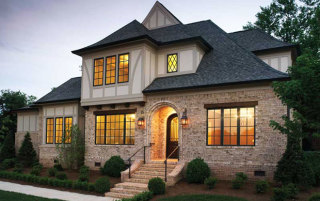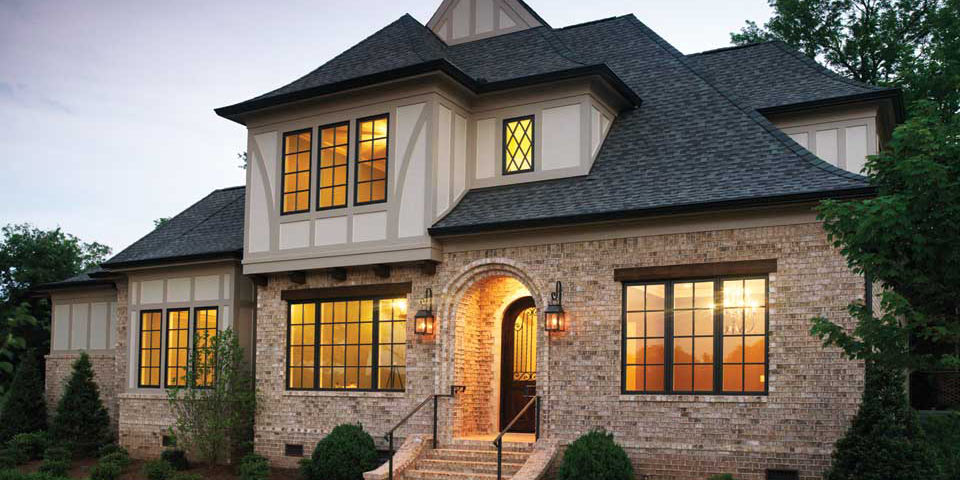Green Building: Fighting Moisture
No one wants to think about house mold or, its underlying cause, moisture. As professional builders, however, we are conscious of the dangers created by moisture infiltration and we are in a position to prevent it. That makes it our responsibility to lead the discussion.
 Prevention of moisture infiltration — and the mold that can follow it — is a critical objective of what is usually called “green building.” Both construction practices and products used in green building are designed to keep moisture in its proper place and to prevent mold spores from settling where they can grow. Such a high-performance home will achieve optimum effectiveness and durability of everything from the home’s structural frame and insulation, to its heating and cooling system, and even most finishes.
Prevention of moisture infiltration — and the mold that can follow it — is a critical objective of what is usually called “green building.” Both construction practices and products used in green building are designed to keep moisture in its proper place and to prevent mold spores from settling where they can grow. Such a high-performance home will achieve optimum effectiveness and durability of everything from the home’s structural frame and insulation, to its heating and cooling system, and even most finishes.
The key to managing moisture is to have the mindset that it will get in, in spite of all efforts to the contrary. Even when the best products are used and perfectly installed, we must assume that moisture will penetrate the home’s exterior through the siding, roof, windows, and doors. To think otherwise — that a home could be built to block moisture forever — is an illusion that can only end badly for the builder and homeowner. With this mindset, all parties are prepared for the ongoing battle against this insidious enemy.
This healthy respect for the nature of water and the dynamics of moisture transmission allows us to find and apply appropriate solutions to direct, vent, and
otherwise shed moisture.
We use an air-moisture barrier (also called a housewrap) behind the exterior siding or stucco blocks which shed wind-driven rain while venting (or drying out) any moisture that somehow gets past it.
Proper flashing (or sealing) around openings before the windows and doors are installed is essential. This strategy will not be effective unless those units are placed tight and square in their openings.
The roof must be “dried in” with building paper under the shingles to shed and direct the flow of water.
Other common practices include a well-designed and reliable system of gutters and downspouts. Attic insulation is used to keep the temperature of those spaces moderate, countering high levels of humidity. Roofs are designed to prevent standing water or ice dams and waterproofing membranes are installed in basements that both seal and insulate below-grade spaces.
And don’t forget, moisture can also be generated inside a home. Cooking, bathing, and laundry can produce a significant amount of moisture vapor (or steam) that will affect finishes and indoor air quality if not properly vented. We specify and install the most efficient kitchen, bath, and laundry ventilation systems to effectively remove moisture from inside the home.
In spite of media hype, the vast majority of new homes built today never experience significant moisture intrusion or dangerous mold growth. That being said, we take the issue very seriously to ensure that our homes meet the highest — and driest! — possible standards of performance for durability and for our owners’ health and comfort.

